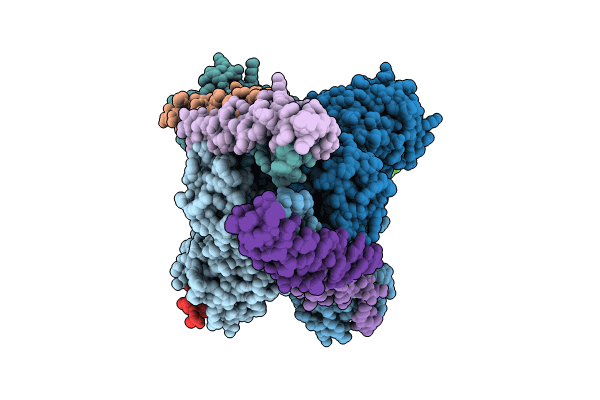
Deposition Date
2023-08-24
Release Date
2024-01-31
Last Version Date
2025-05-14
Method Details:
Experimental Method:
Resolution:
3.80 Å
Aggregation State:
PARTICLE
Reconstruction Method:
SINGLE PARTICLE


